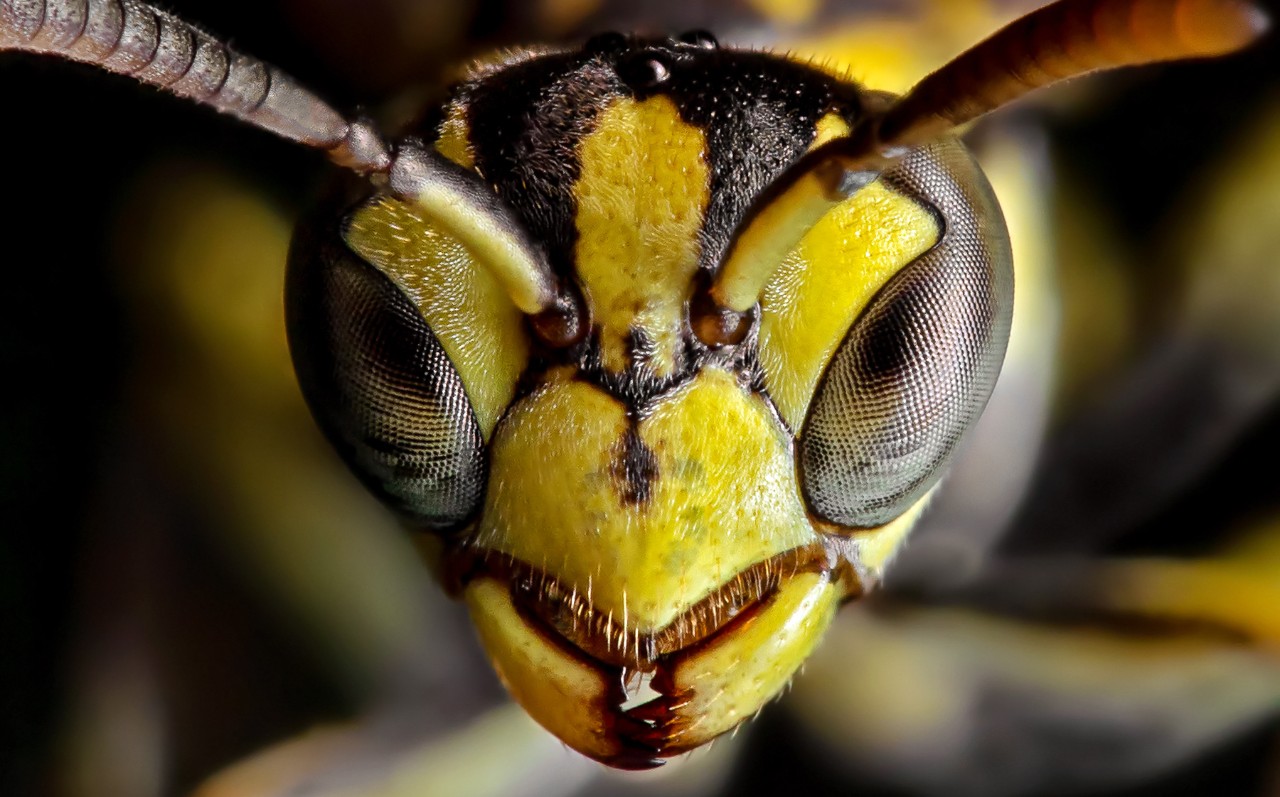
Why jumping spiders mimic wasps
In nature's game of survival, appearances can deceive
Earth.com highlighted a study by biologists at the University of Cincinnati that found spiders that look like wasps can fool not only other spiders but also artificial intelligence.
Scientists for years have been struck by how some male jumping spiders resemble wasps when they raise their abdomen's during their courtship rituals. Australian researchers who discovered one new species named it after the Latin name for wasp.

The backs of jumping spiders resemble predatory insects like wasps and praying mantises that can fool even AI. Graphic/Olivia Harris with photos by Jurgen Otto
Biologists in UC's College of Arts and Sciences discovered that the ruse tricks even artificial intelligence that could not always correctly identify the jumping spiders among images of wasps, flies and praying mantises.
Mimicry is a common strategy in nature. But why would a spider want to mimic a wasp, which hunts and feeds on spiders?
UC Associate Professor Nathan Morehouse, a study co-author, said the male spiders might use the ruse to capture the attention of females. And once they have their potential mate's attention, they can make introductions through their elaborate courtship rituals.
The study was published in the journal Behavioral Ecology.
Featured image at top: Researchers always thought the backs of some jumping spiders resembled a hornet's face. It even fools AI. Photo/Backiris/iStockPhoto

UC Associate Professor Nathan Morehouse studies jumping spiders in his biology lab. Photo/Jay Yocis/UC
Related Stories
Why jumping spiders mimic wasps
July 25, 2025
In nature's game of survival and attraction, appearances can deceive. University of Cincinnati biologists found that even artificial intelligence mistakes spiders for wasps. The question is why spiders would want to look like their predators.
This eyeless cavefish grows extra taste buds
August 21, 2024
Research led by Joshua Gross, PhD, in the UC Department of Biological Sciences, revealed the blind cavefish has a similar number of taste buds as surface fish from birth up to the age of 5 months. Then, these taste buds gradually increase in number and start appearing on the head and chin during adulthood, particularly at around 18 months of age.
The surprising strategies animals use to survive winter
November 27, 2024
National Geographic turns to UC biologist George Uetz to learn how spiders and insects survive the long winter.
